Current progress
In the project area, 108,820 seedlings of native Atlantic Forest trees were planted. Maintenance was carried out in the area according to the needs of each polygon.



Located in the heart of Brazil’s Atlantic Forest, the Corredores Pau Brasil project aims to connect two national parks that both have rich history and biodiversity: Parque Monte Pascoal and Parque Pau Brasil. This central region of the Atlantic Forest has especially high populations of endemic and endangered species that are desperately in need of ecological corridors to connect the fragmented pieces of the forest that have resulted from centuries of deforestation.
hectares under restoration
trees planted per hectare
total restoration potential
properties enrolled
In the project area, 108,820 seedlings of native Atlantic Forest trees were planted. Maintenance was carried out in the area according to the needs of each polygon.
The project partners closely with local landowners, indigenous tribes and non-profit project developer Natureza Bela to honor local traditions and plant vegetation native to the Atlantic Forest region.
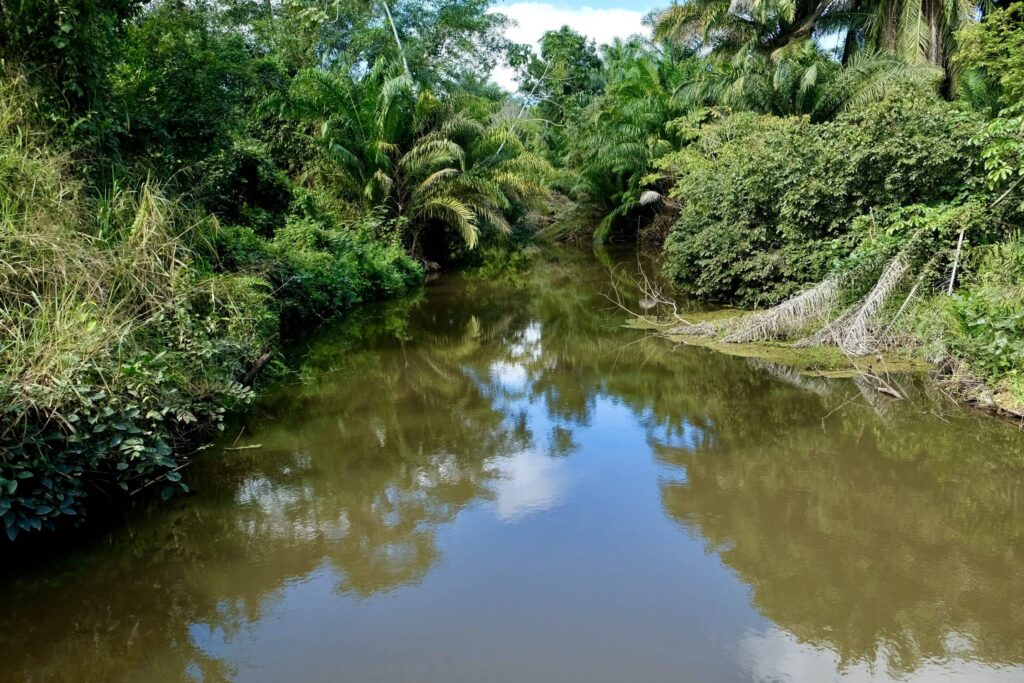
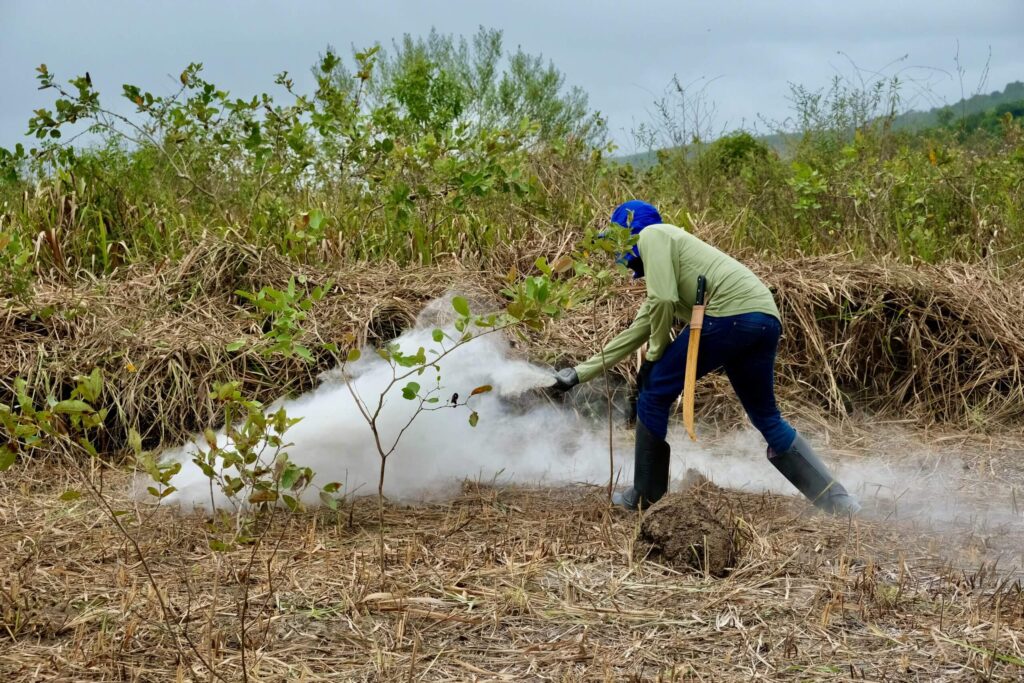
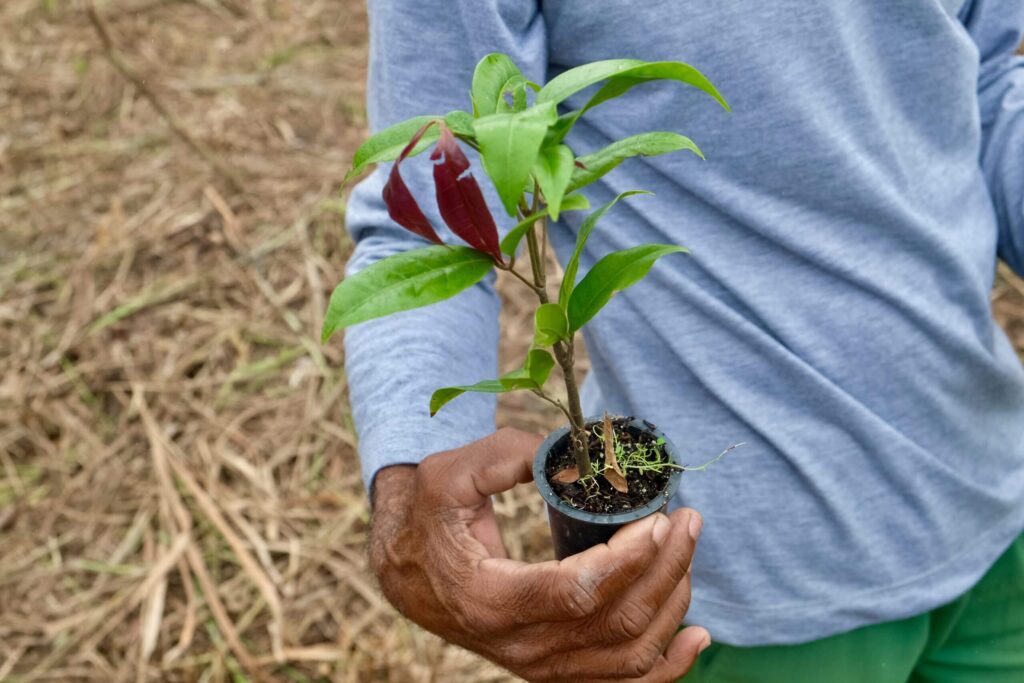
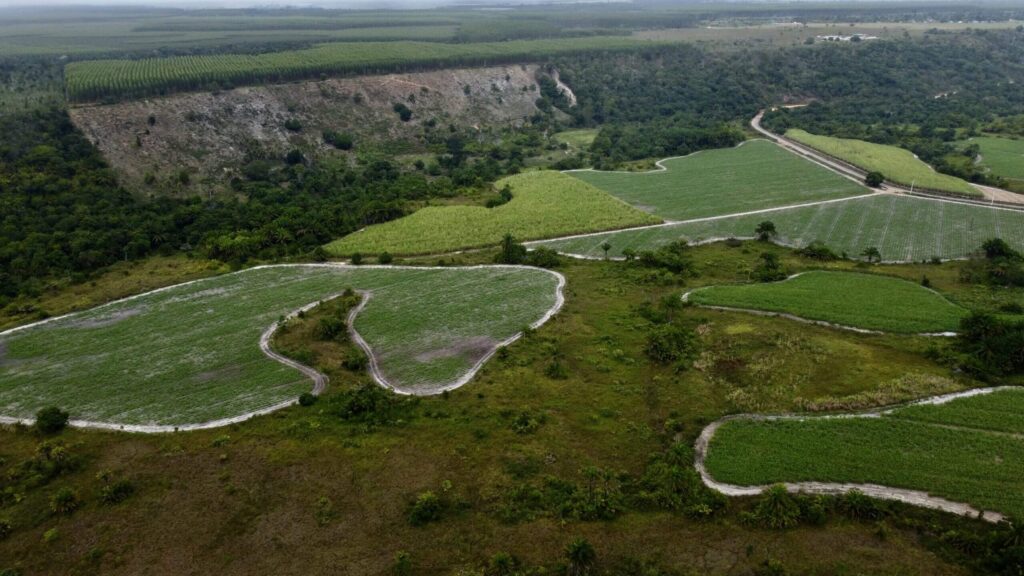
Not only does Corredores Pau Brasil have powerful climate benefits, it also has an outsized impact on local communities and biodiversity. The project will provide livelihoods for 1,000 families, produce 100 species of native trees for planting, and monitor 40 species of fauna to guide corridor planning.
Using technology every step of the way, Pachama helps leading companies invest directly in high-quality reforestation projects with unprecedented transparency and accuracy. Pachama uses Light Detection and Ranging technology (LiDAR) to characterize the structure of the trees before planting, serving as a baseline for future carbon measurement. Pictured below is the LiDAR baseline gathered from the Fazenda Santa Rosa farm. Over the next few decades, remote sensing will be continuously deployed to measure forest growth and estimate the carbon sequestered.
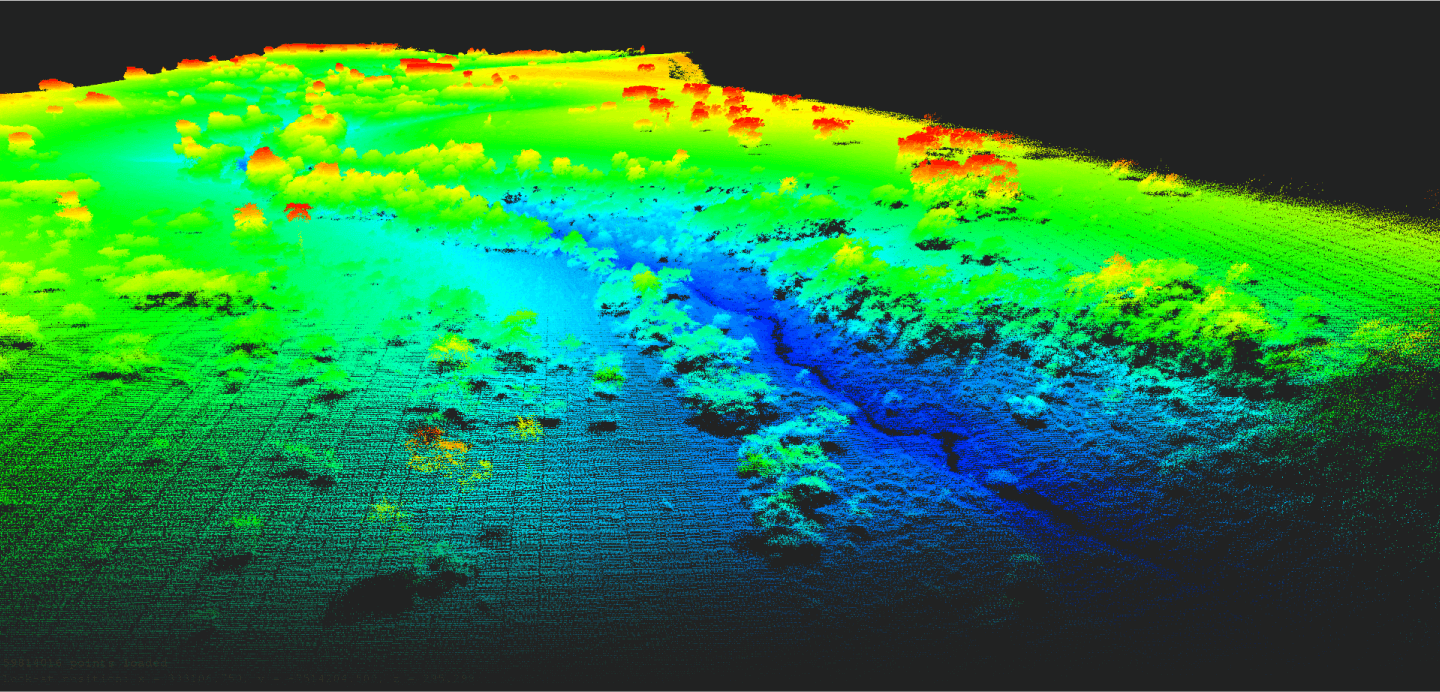
Talk to Gaia, Pachama's AI
guide for anything